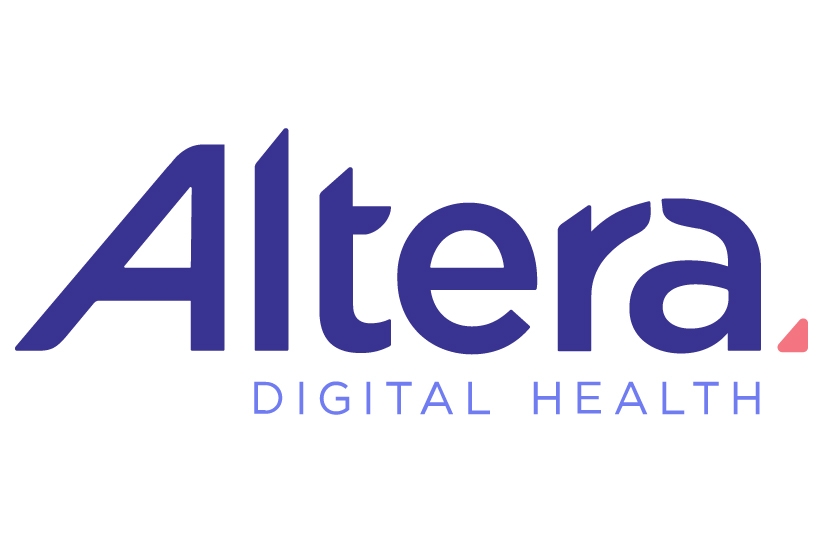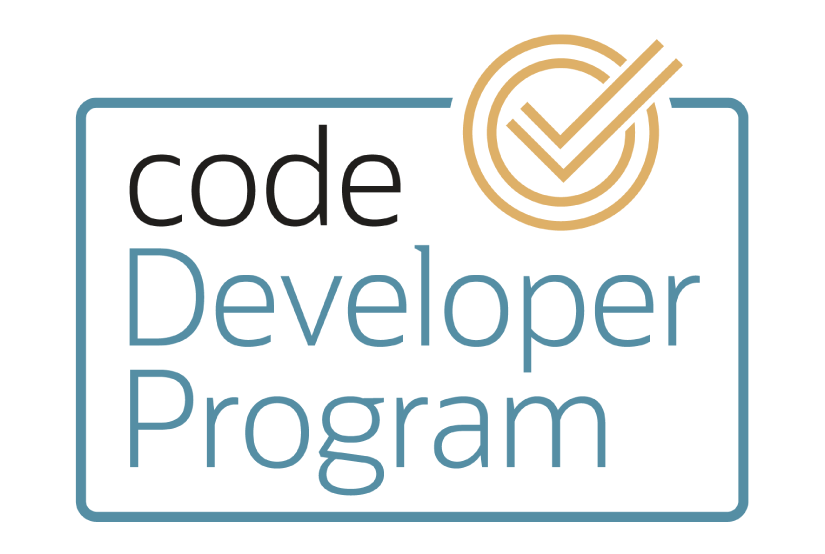Smarter Healthcare Billing Solutions Are Key for Meeting End-of-Year Deductibles Demand
The landscape of healthcare-related billing and payments can sometimes be complicated to navigate for patients. Deductibles, in particular, can be challenging for both patients and healthcare providers, but modern billing and payment technology can help both parties stay ahead.
The end of the year usually brings with it a surge in demand for services once a patient is nearing or has met their deductible. Many patients view post-deductible care as a bonus or are more likely to pursue treatments and procedures around this time of year because they have finally met their deductible. As we round out the year with higher patient volumes, the majority paid by insurance, it is easy to lose focus on the importance of collecting from patients.
The deductible reset process can be complicated to navigate for healthcare providers and their staff. Simplifying the patient billing process can reduce stress on the patient by providing the everyday payment experience and flexible payment options, as well as minimize the need for staff intervention. This also typically results in decreased days in AR, fewer tax write-offs and increased patient satisfaction.
With deductible-related demand for services increasing at the end of the calendar year and patients racing against the clock to maximize healthcare affordability, providers must rise to the challenge. What should providers be doing to meet their patients' expectations of care and prepare to survive the season right after deductibles reset? Now is the time for providers to revisit their strategy when it comes to communication, convenience and flexibility for their patients when it comes to billing and payments.
To fully appreciate the changing landscape of healthcare, let’s look at the changing cost of healthcare over the past decade. According to data from The Commonwealth Fund, the cost of deductibles has risen from 3.3% of the US median income of $50,000 in 2010 to 4.7% of the US median income of $67,000 in 2020. That’s a 91% increase in price. And that trend of increasing deductibles shows no sign of slowing.
And while some deductible numbers have plateaued, others continue the upward trend. From 2021 to 2022, the minimum deductibles for most insurers remained unchanged. However, the HDHP maximum out-of-pocket increased to $7,050 for an individual and $14,100 for a family. Higher deductibles coupled with increased inflation and rising costs across all living expenses, makes this year one of the most important when it comes to accommodating patients and their payment needs to ensure that healthcare bills are paid in a timely fashion.
Meanwhile, patients have become more informed and have also been given the ability to access their medical data on demand through healthcare provider portals such as Epic’s MyChart. This not only means that they can access their medical data from anywhere, it also has allowed them to monitor their healthcare spending and keep an eye on their outstanding balance as a result of high plans.
As deductibles have risen across the industry, communication is key to serving patients and ensuring that they are not caught off guard by unexpected bills or charges that they do not understand. It’s become more important that healthcare providers effectively communicate and bill patients through a proven electronic bill presentment platform. Communication can be as simple as reminding patients of outstanding bills or an upcoming appointment via text and email.
Additionally, with patients feeling the squeeze of bigger deductibles, it’s more important than ever that electronic payment portals also offer convenient and flexible payment options. Collecting a patient's credit or debit card and having a patient’s preferred payment method on file is one way that healthcare providers can help streamline the payment process for their patients once the balance is known. This enables them to pay their healthcare bills with one click via a digital wallet, like PayPal, Apple Pay or Google Pay, containing payment data that has already been verified.
In the case of unexpected healthcare bills, the ability to offer patients flexible payment options, like payment plans, can allow patients to choose their payment frequency and the payment amount that best fits their budget to satisfy their bills and avoid breaking the bank with a single payment. Since over half of Americans can’t cover an emergency expense of $1,000 with their savings, it’s imperative that healthcare providers find flexible ways that patients can pay their bills. Installments or financing options can ensure that patients have the ability to fulfill their responsibility reducing the risk of those bills moving to the collections or bad debt buckets.
Without these technological tools to make bill payment easier, healthcare bills can go unpaid or fall into collections. Not only will the patient’s credit be affected, but this will also negatively impact a healthcare provider’s days in AR and overall financial stability.
Addressing the billing and payments pain points of patients is essential for any healthcare provider not only during the lead-up to deductible reset season, but all year long.
Does your current healthcare billing and payment solution offer an easy and efficient way to ensure that increased patient demand doesn’t lead to frustrating bill pay experiences or more days in AR once deductible reset? If not, schedule a demo with our healthcare team to find out how Paymentus can ensure you are prepared to meet the deductible-related billing and payment needs of those looking to maximize their benefits before the end of the calendar year.



